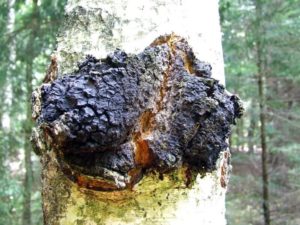Wear sunscreen That may not be the best advice for everyone all the time
How is that a problem? It turns out that a lack of sun exposure can cause serious health problems for some people, and my doctor says I am one of them.
Studies show that people with dark skin, such as myself, rarely get skin cancer no matter how much exposure to the sun we get. When we are afflicted, it’s usually in spots on the body that rarely see daylight, such as the bottoms of feet or between fingers, also places one rarely slathers the SPF50.
Our bodies manufacture a chemical called melanin. It’s responsible for pigment, and there are two varieties that determine how brown we are. Owners of the first kind have dark skin, tan in the sun and rarely burn. Let’s call this one Lisa melanin. The other type is found in people who are pale, rarely tan and burn in the sun. We’ll call this one Copier Paper. Just kidding. We’ll call this one Hubby melanin, after my color-free beloved.
Melanin has another very important role besides pigment. It helps our bodies make Vitamin D. The only way humans can manufacture Vitamin D, necessary for everything from strong bones to immune health, is by exposing our skin to the sun. And humans bathing in sunscreen or lost in the cubicle labyrinth aren’t subjected to sunlight. No sun, no home-brewed Vitamin D.
For people with Lisa melanin, not having sun exposure is worse than for people with the other version. The Hubby kind, which evolved in Northern Europeans and the people from the British Isles, helps make Vitamin D six to 10 times faster than the original, found in people whose origins are in sunny climes such as Africa and India.
So people like my husband need about five to 15 minutes of sunlight a few times a week. And people like me need between 30 and 150 minutes — Coppertone-free.
The CDC makes no distinction. It advises Lisas to use sunscreen, period. Then they show up in their doctors’ offices severely Vitamin D-deficient. Next, they find themselves popping Vitamin D megadoses to ward off bone damage and immune problems. (This Lisa’s prescription is from her rheumatologist.)
Not to worry, says the CDC, the American Academy of Dermatology, and every American federal bureau and organization of muckety-mucks. Slam down those supplements or snack on cod liver oil capsules and you’ll be fine. Just don’t soak up any rays.
Melanin science is complex and controversial. As investigative journalist Jessica Seigel documents in June’s edition of Nautilus, an eminent professor and foremost expert on Vitamin D was fired for suggesting that Americans need some sun. He had proposed that humans are perfectly fine spending about five minutes sunning themselves before basting with sunscreen.
While Americans are scandalized by that radical idea, the Australian government and cancer councils have been making the same recommendations for the last decade. Keep in mind that Australia is the skin cancer capital of the world. Aussies are expected to check the daily UV index. If the sun’s ultraviolet rays are low enough, a 3 or less on the scale, then no one — not even Hubby needs sunscreen. The SunSmart campaign even has an app for that.
Official U.S. policy discourages Americans from creating their own Vitamin D and encourages us to take supplements at doses that are much lower than many experts recommend. By saving us from skin cancer, our government means well. By downplaying our Vitamin D needs, it could be killing some of us with kindness.
source
http://www.dallasnews.com/opinion/latest-columns/20140725-wear-sunscreen.-that-may-not-be-the-best-advice-for-everyone-at-all-times..ece















.jpg)